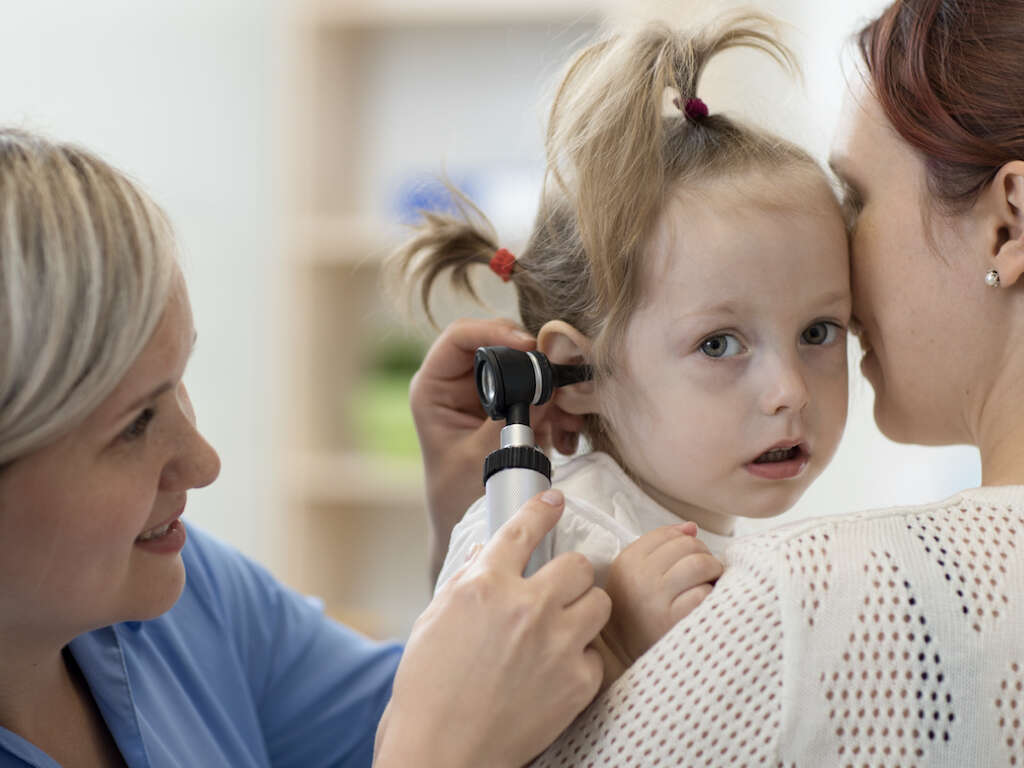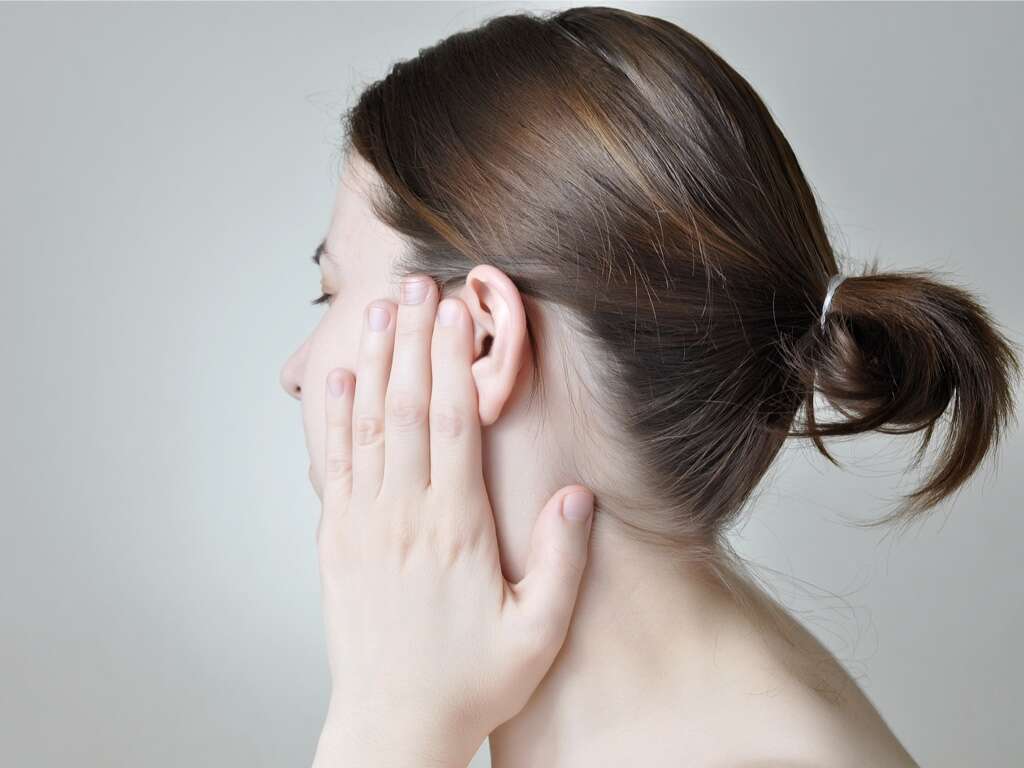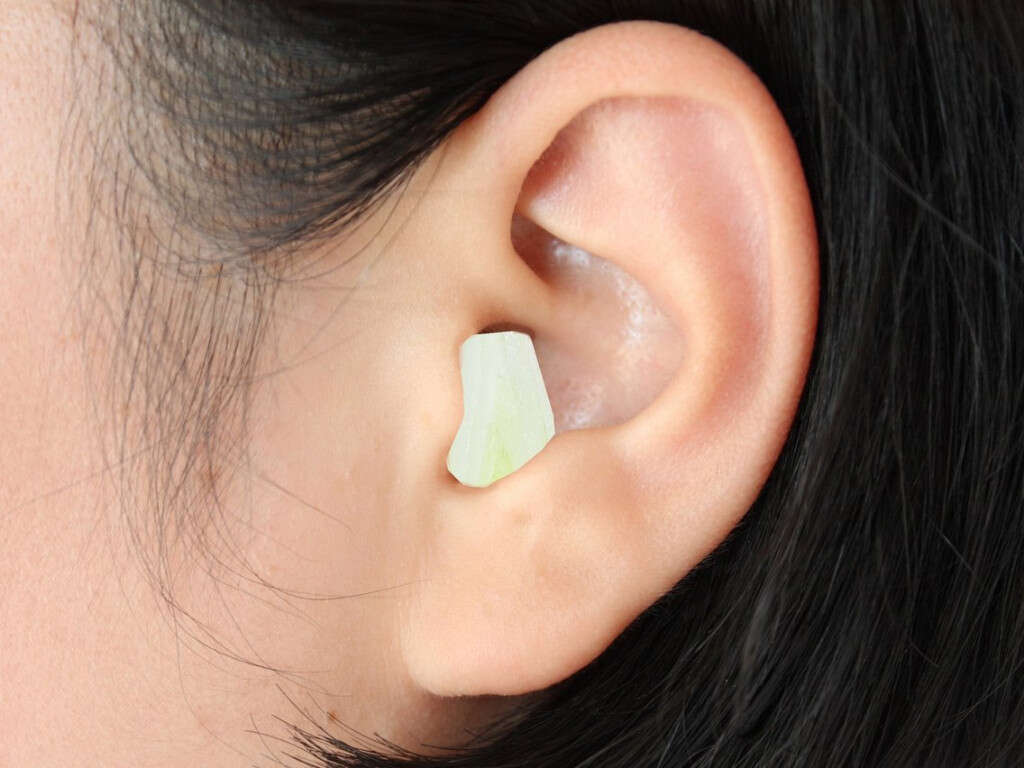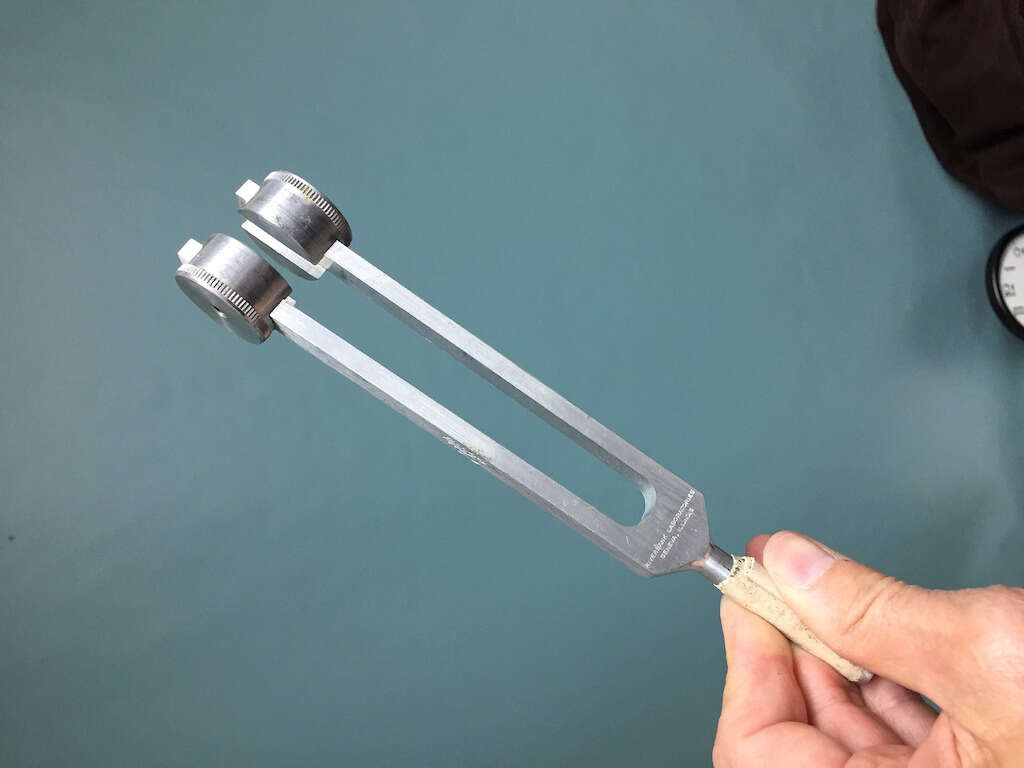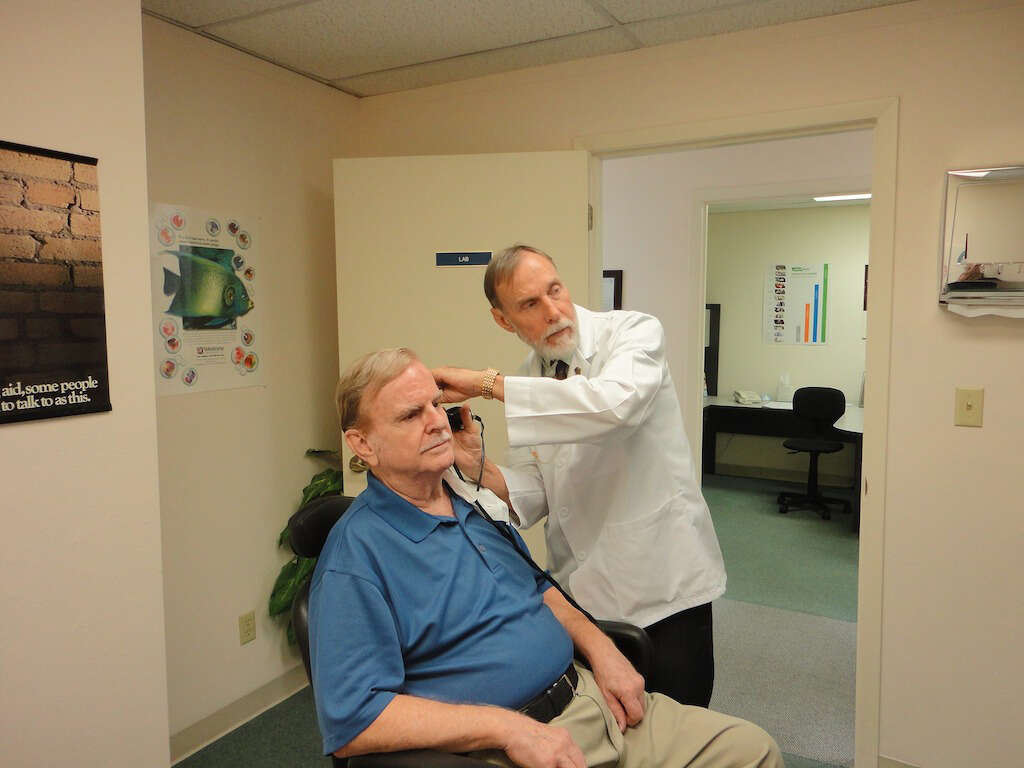What Is Bullous Myringitis?
Ear infections are not uncommon. They can be difficult to handle with some very unwelcome symptoms, including inconsiderable pain. As uncomfortable as they can be, however, ear infections are usually fairly short-lived and will cause no long term harm.
There are different types of ear infection, one of which is bullous myringitis. This type of infection will sometimes be caused by an existing ear infection, adding to the patient’s discomfort. To make things worse, bullous myringitis is known for being particularly painful. It tends to happen in children more so than adults, and it should be treated as soon as possible.
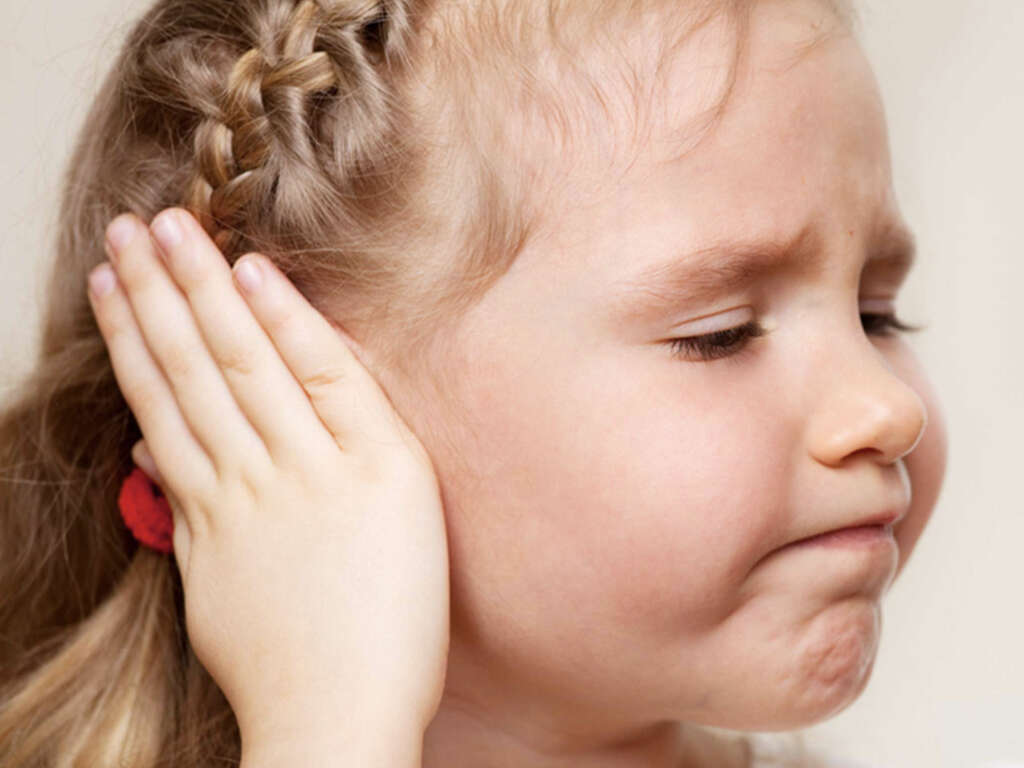
1. Bullous Myringitis
Ear infections are not uncommon, and they can be very unpleasant. It is an infection that usually affects children but adults can also get it. It tends to come on suddenly and will usually last for 1 or two days before fading. Bullous myringitis infects the eardrum specifically and it can cause blisters to form on the eardrum.
These blisters are particularly troublesome as they can cause excruciating pain for the patient. In the vast majority of cases, the infection will pass without doing any permanent damage. The disease can also cause some other very unwelcome symptoms for the patient.

2. Causes
Bullous myringitis is an infection that can be caused by a number of viruses and bacteria. The same pathogens are also behind many instances of the flu, the common cold, and other kinds of ear infection. The disease ‘myringitis’ is a type of acute otitis media. This, in turn, refers to inflammatory diseases that affect the middle ear. The word ‘Bullous’ is a name given to disease that cause blisters (bullae).
Among the most common causes is an infection by the streptococcus pneumoniae, which is responsible for causing strep throat. Mycoplasma is another genus of bacterium that is a common cause for the condition.

3. Pain
The pain that is associated with bullous myringitis is usually severe, enough to be debilitating for the patient. This is made worse by the fact that the condition commonly affects young children who find it harder to bear. The pain will also tend to come on very suddenly with little to no warning.
As well as the pain, the patient is also likely to have a fever and this will only add to their discomfort. Chills are also likely, adding to the patient’s anguish further. A doctor should be able to prescribe something that can at least help to make the patient feel more comfortable.

4. Fluid
An ear infection will usually cause fluid to begin building up in the patient’s inner ear, and this will occasionally leak out from the outer ear. This doesn’t happen with bullous myringitis, but the infection will also sometimes be accompanied by another type of ear infection.
What’s more is that the blisters on the eardrum will be filled with pus, and these will sometimes burst. If they do burst, the fluid is going to come out from the outer ear. Fluid draining out of the ear should encourage you to see a doctor if you have not done so already.
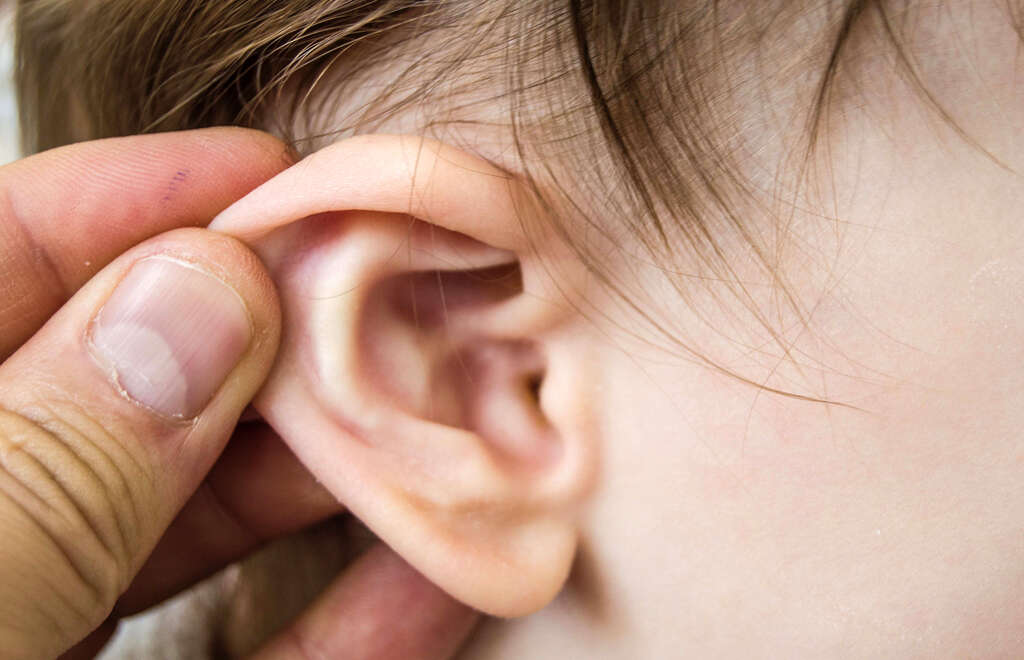
5. Irritability
Children can be irritable at the best of times, so it can be easy to overlook to begin with. If it is uncharacteristic for them, or if it persists, then it is a sign that something might be wrong. While young children might not be able to explain what is upsetting them, they might still make actions that give away what the problem might be.
The pain caused will often cause young patients to pull at their ear as they try to stop it from causing them pain. If you do suspect something is wrong then you should speak with a professional to find out.

6. Hearing Loss
Patients with bullous myringitis will often complain that their ears feel ‘full’. This can be down to the inflammation that is being caused internally by the infection. It can also have quite an impact on one of the ear’s most fundamental functions, which is allowing us to hear.
People that have bullous myringitis will often experience hearing loss to some degree. It can be barely noticeable in some cases, whereas some people might find that they lose their hearing altogether. Only the affected ear will experience hearing loss, however, and their hearing should return fully once the infection has gone.
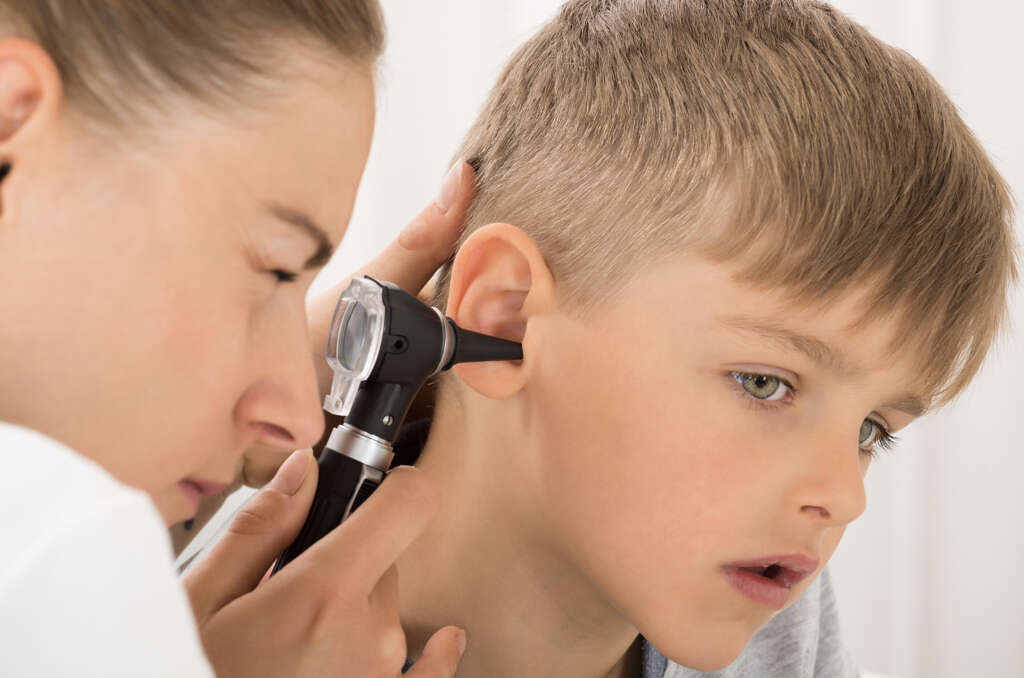
7. Prevention
Bullous myringitis is caused by a number of pathogens that are relatively common. This means that it is all but impossible to prevent our exposure to them, but we can at least help to move the odds in our favor. This largely means protecting yourself from other infections that can lead to the condition.
The key to keeping safe is hygiene. This means washing your hands regularly, using hand sanitizers where possible, and avoiding touching your face. Also make sure that surfaces around the home are as clean as possible. It is also a good idea to try and keep your distance from people that appear to be ill.

8. Complications
Bullous myringitis can be extremely uncomfortable. This is beneficial in a way because it means the patient is likely to get treatment quickly, helping to keep the infection under control as soon as possible. It can, however, become a very serious issue in some cases.
A serious infection can cause permanent damage to the inner ear. This can cause them to completely lose their hearing in the affected ear for the rest of their life. In some cases, the infection can even spread to the bones surrounding the ear. Sepsis and/or meningitis is also a potential risk in severe cases.
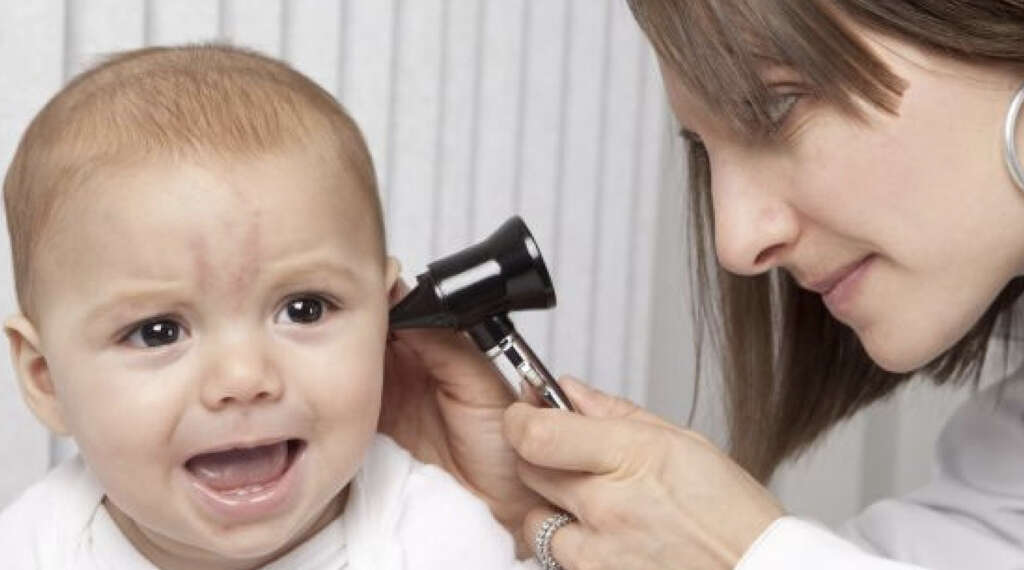
9. Risk Factors
One group of people that is more prone to the infection is young children. This is largely because children tend to spend a lot of their time in close proximity with other children in large groups. This means that pathogens can spread rapidly from person to person.
People that are prone to getting illnesses like the cold or flu are also at a higher risk. This is because the pathogens causing those illnesses can also cause bullous myringitis. Thus, if they were to make their way to the eardrum, an infection can take place. People that have another type of ear infection are at a particularly high risk.

10. Treatment
Treating bullous myringitis involved treating the underlying cause and the symptoms it causes. Antibiotics are nearly always prescribed even if it has not been confirmed the infection is caused by a bacterium. Painkillers are also often prescribed to help make the patient more comfortable.
Much of the pain associated with the condition is caused by the blisters on the eardrum. If the pain is severe enough then a doctor might choose to try and pop the blisters. This can help relieve at least some of the pain, but it must be done by a trained professional to prevent damage to the eardrum.




